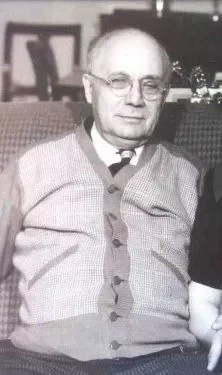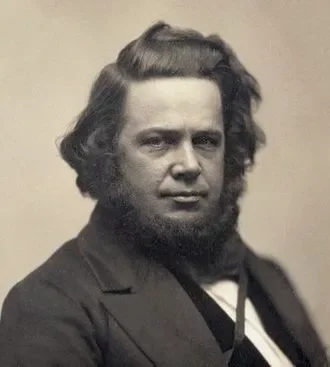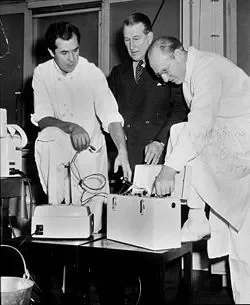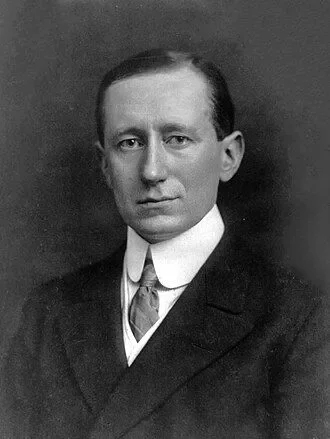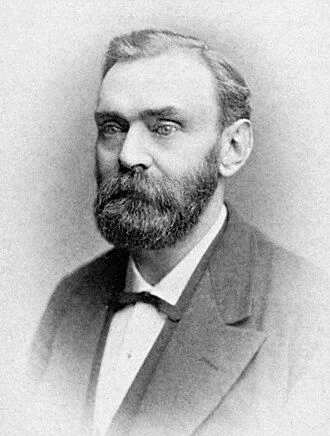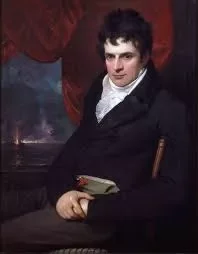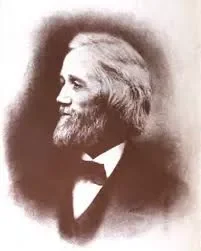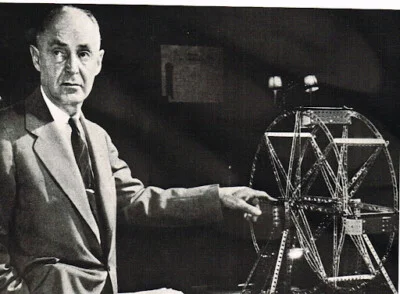Real Celebrities Never Die!
OR
Search For Past Celebrities Whose Birthday You Share

source:waterandenergypart1.weebly.com
Thomas Newcomen
Birthday:
28 Feb, 1664
Date of Death:
05 Aug, 1729
Cause of death:
Unknown
Nationality:
English
Famous As:
Engineer
Age at the time of death:
65
Early Life and Background
Thomas Newcomen was born on February 28, 1664 in Dartmouth, Devon, England. His father, Elias Newcomen, was a merchant and ship-owner, while his mother, Sarah, passed away when Thomas was still an infant. His stepmother, Alice Trenhale, raised him alongside his siblings.
Education and Formative Years
Newcomen served an engineering apprenticeship in his youth. This hands-on experience laid the foundation for his future innovations. In 1685, at the age of 21, Newcomen began working as an ironmonger in Dartmouth.
Personal Life
In 1705, Newcomen married Hannah Weymouth. Together, they had two sons and a daughter. Although he was becoming a renowned inventor, Newcomen stayed dedicated to his family and his work as a Baptist lay preacher.
Professional Career and the Birth of the Steam Engine
In his role as an ironmonger, Newcomen encountered the mining industry and its significant challenge: pumping water from deep mines. He became interested in developing a more efficient pumping method because of this exposure.
Newcomen and his assistant, John Calley, spent more than ten years developing a steam-powered pump. Their success in creating and running the initial practical atmospheric steam engine at Conygree Coal Works near Dudley Castle occurred in 1712.
The Newcomen Engine: A Revolution in Power
Newcomen’s engine was an amazing feat of early industrial engineering. The pump was operated by a piston driven by atmospheric pressure. The engine’s mechanism involved steam cylinder filling, followed by rapid cooling for vacuum generation. The piston would then be forced downward by atmospheric pressure, generating power.
This invention was revolutionary. This technology could extract water from previously unreachable depths, enabling deeper mine shafts and significantly boosting coal output. The Newcomen engine quickly became essential to the mining industry, spreading across Britain and even to continental Europe.
Impact and Legacy
Newcomen’s steam engine is often considered the starting point of the Industrial Revolution. The power source was reliable and didn’t rely on wind, water, or human power. By 1733, there were over 100 Newcomen engines in operation throughout Britain and Europe.
The foundation for the steam age was laid by Newcomen, though James Watt later improved his design. For more than 200 years, his engine remained functional, highlighting its effectiveness and value.
Final Years and Death
Thomas Newcomen continued to work on improving his engine until his death on August 5, 1729, in London. He was 65 years old. Although he died before witnessing his invention’s complete effect, Newcomen’s status as the founder of the Industrial Revolution remained firm.
An Unsung Hero
Though Newcomen made a huge contribution, he wasn’t very famous during his life. He never patented his invention due to an existing patent held by Thomas Savery. Because of this and his humility, Newcomen’s due credit arrived long after his passing.
Thomas Newcomen’s invention reshaped history; today, he’s celebrated as a pioneering engineer. Practical problem-solving and perseverance in the face of challenges are shown in his story.
Name:
Thomas Newcomen
Popular Name:
Thomas Newcomen
Gender:
Male
Cause of Death:
Unknown
Spouse:
Place of Birth:
Dartmouth, Devon, England
Place of Death:
London, England
Occupation / Profession:
Personality Type
He was a Baptist lay preacher and deeply religious.
His engine was nicknamed the "atmospheric engine" because it used air pressure to operate.
Newcomen’s invention was crucial in making deep mining possible.
Newcomen’s engine was used for over 50 years before being improved by James Watt.
Laid the groundwork for later steam engine improvements
Invented the Newcomen atmospheric engine, the first practical steam engine
Revolutionized mining by enabling efficient water drainage
